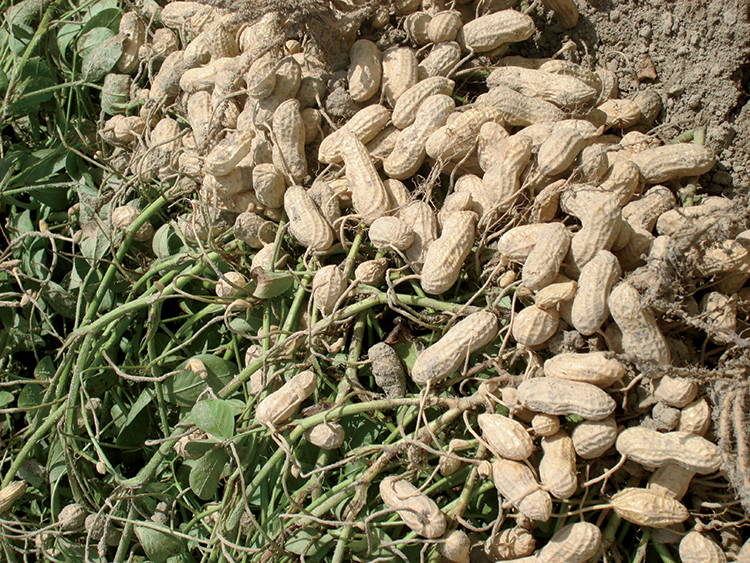
Baby corn maize at a growing field. Insert is mature harvested baby corn. Photo by Agrifarming.in.
Farmers growing baby corn have a chance to feed the growing local and international market with through the year as the crop is more tolerant to drought.
The maturity of between 45 and 60 days makes the crop an appropriate domestic consumption and income generating solution.
The corn is harvested and consumed whole. In the village market, the crop earns about Sh100 per kilo while supermarkets like Nakumatt offering up to Sh200 for the same quantity according to Thomson Reuters Foundation.
The quick maturity characteristic makes it a perfect crop for short rains areas, where one can harvest close to two tonnes per acre during suppressed showers. With irrigation, the crop can yield between 10 and 12 tonnes per acre.
One kilo of dried maize fetches about Sh60 in Nairobi now.
Normal maize required between four to eight months to mature, depending on the variety and region. That means one can harvest trice or four times from baby corn in an ordinary maize season.
READ ALSO: Olerai's Tego maize matures in 75 days for fresh green market
READ ALSO: Drought tolerant maize can yield 20 bags in three months
READ ALSO: Drought tolerant fodder maize gives eight tonnes per acre
The stalks are also a quick source of fodder for livestock given that the variety matures in less than two months.
Its low fat but high potassium content makes it popular nutritional food among the health conscious market.
Other than local consumption, the corn is exported to the European Union and other international markets by companies like Kenya Fresh.
The Reuters foundation approximates the growth of farmers in the corn to have grown from 100 to 1,000 since adoption.
Write comment (0 Comments)
















